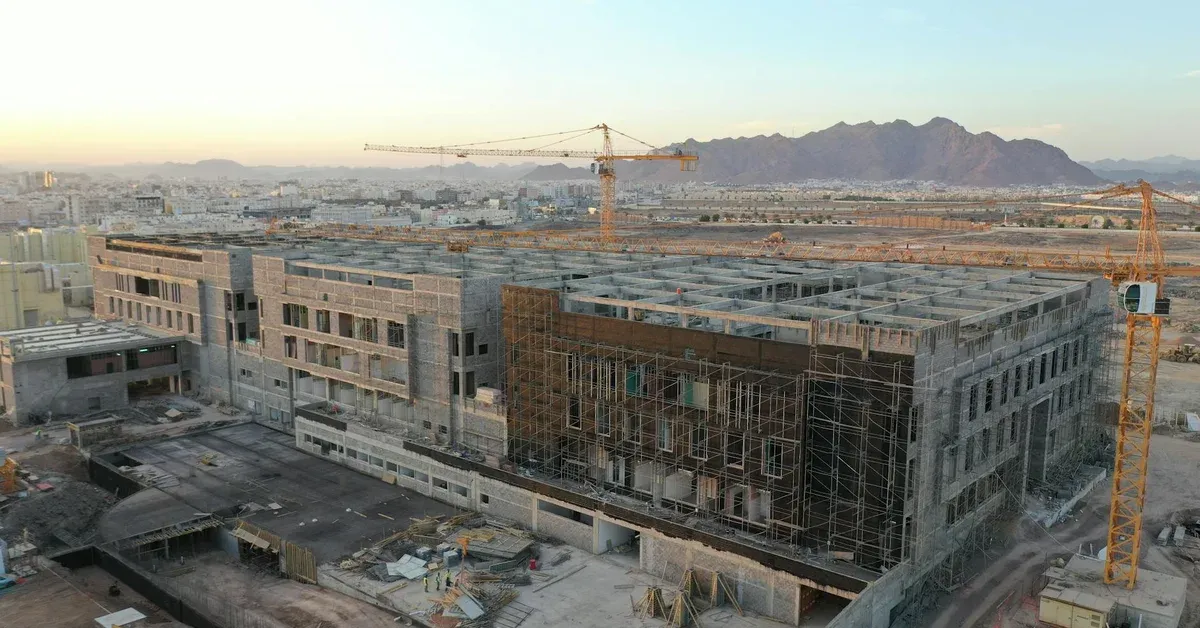
Remember that futuristic mirror-walled city promised by Saudi Arabia, rising from the desert like a sci-fi hallucination? The one called The Line, a key part of the larger Neom project? Well, it appears even bottomless oil money has its limits. Recent reports suggest this massively ambitious, often-described-as-dystopian urban development is, to put it mildly, floundering. What began as a grand vision to redefine urban living now looks more like a monument to monumental waste and unrealized potential.
For years, the world watched with a mix of awe and skepticism as Crown Prince Mohammed bin Salman unveiled plans for Neom, an $8.8 trillion futuristic city project. The centerpiece, The Line, was pitched as a 170-kilometer-long linear city, home to millions, powered entirely by renewable energy, and completely free of cars and roads. It was a bold statement, aiming to be a global hub for innovation and luxurious living. But as with many grand tech visions backed by immense power, the reality is far messier than the renders.
The Line is More Like a Dot
The first crack in the gleaming facade? The Line, once envisioned as a 170-kilometer stretch of uninterrupted futuristic urbanism, has reportedly shrunk to a mere 2.4 kilometers. That’s a staggering 98.6% reduction in scope. What happened to the dream of endless smart infrastructure? Sources familiar with the project’s progress indicate major roadblocks, budget issues, and engineering problems have slowed everything down to a crawl. The initial promise of 1.5 million residents by 2030 now seems laughable, with projections dropping to under 300,000.
This dramatic downsizing isn’t just about money, although billions have certainly been poured into the desert sands. It’s a stark lesson in the complexities of large-scale urban development, especially when disconnected from practical realities. The sheer difficulty of building such a colossal structure in a harsh desert environment, coupled with the logistical nightmare of housing and sustaining millions of people in a radically different urban model, has proven far more challenging than the glossy promotional videos suggested.
Beyond the Billions: Human Rights and Hubris
While the economic and engineering woes are significant, the troubles of the Neom project run deeper. International skepticism has long circled the project, fueled by Saudi Arabia’s questionable human rights record. Reports of forced displacement of indigenous tribes, some resulting in violence and religious persecution, cast a dark shadow over the utopian claims. How can a city be truly futuristic if its foundation is built on such profound human cost?
Some urban development experts have pointed to “hubris syndrome” – a temporary mental issue caused by excessive success, power, and wealth – as a driving factor behind such unrealistic plans. This isn’t merely about poor planning; it’s about a vision so grand, so disconnected from ground truth, that it was almost destined to fail. This kind of top-down, centralized planning, often seen in authoritarian regimes leveraging technology for control rather than citizen empowerment, raises questions about the very nature of so-called “smart cities.” For more on how tech giants and powerful entities reshape governance through technology, consider this analysis on The Silent AI Takeover: How Tech Giants Are Reshaping Democratic Governance.
What Happens When a Trillion-Dollar Vanity Project Fizzles?
The collapsing dream of Neom serves as a potent warning for other nations and companies pursuing similarly ambitious tech-driven megaprojects. Size alone does not guarantee success, and even seemingly limitless money has its limits when confronted with physics, logistics, and human reality. As one report from Gizmodo highlighted, the project appears to be “crashing and burning.”
So, what’s next for the Neom project? While some construction continues on a reduced scale, the grand vision has undeniably dimmed. The shift from a 170km marvel to a 2.4km segment signals a significant recalibration. It’s a humbling moment for a nation that aimed to project an image of hyper-modernity and boundless capability. The future of urban living might still be smart, sustainable, and innovative, but the Neom debacle reminds us that genuine progress often requires more than just a trillion-dollar budget and a dazzling render. As the Financial Times also reported, the giga-project is “falling apart,” leaving us to wonder what other secrets the desert might reveal about this ambitious but ultimately flawed venture.